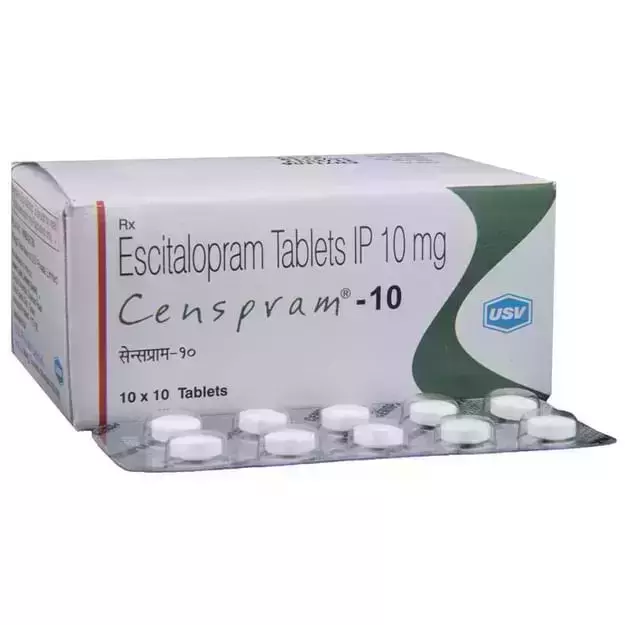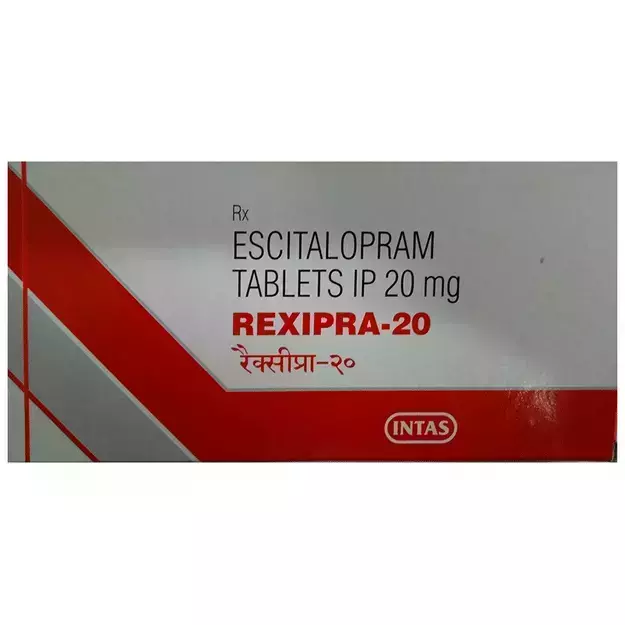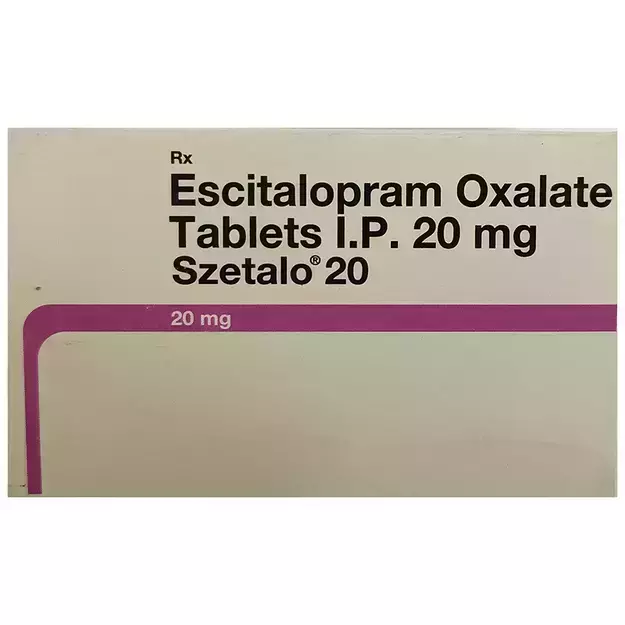D.D.Pramine 25 Mg Tablet is a commercial drug that is prescribed in the form of Tablet. It is primarily used for the treatment of Obsessive Compulsive Disorder.
The right dosage of D.D.Pramine 25 Mg Tablet depends on the age, gender, and medical history of the patient. The condition it has been prescribed for, and the route of administration also determine the right dosage. Detailed information has been provided in the dosage section.
Some other side effects of D.D.Pramine 25 Mg Tablet have been listed ahead. Usually, these side effects of D.D.Pramine 25 Mg Tablet go away soon, and do not persist beyond the duration of the treatment. Consult your doctor if these side effects become worse or stay for a longer duration.
D.D.Pramine 25 Mg Tablet's effect during pregnancy is Moderate and Severe while nursing. In addition, D.D.Pramine 25 Mg Tablet's effects on the liver, heart and kidney are discussed below in the D.D.Pramine 25 Mg Tablet related warnings section.
Individuals suffering from medical conditions like Heart Disease, Coronary Artery Disease (CAD), Suicidal Tendency must refrain from the use of D.D.Pramine 25 Mg Tablet since this can cause severe adverse effects. Other contraindications of D.D.Pramine 25 Mg Tablet have been discussed in the sections ahead.
Drug interactions for D.D.Pramine 25 Mg Tablet have been reported in the medical literature. See below for a complete list.
You should also be aware that D.D.Pramine 25 Mg Tablet is not safe while driving, and is not addiction.
X















